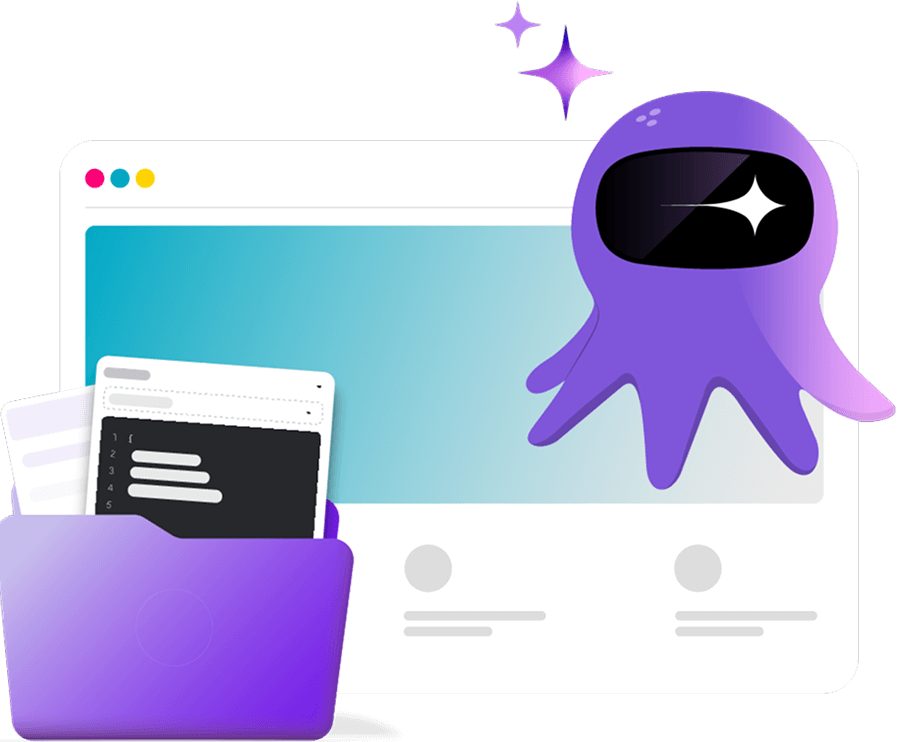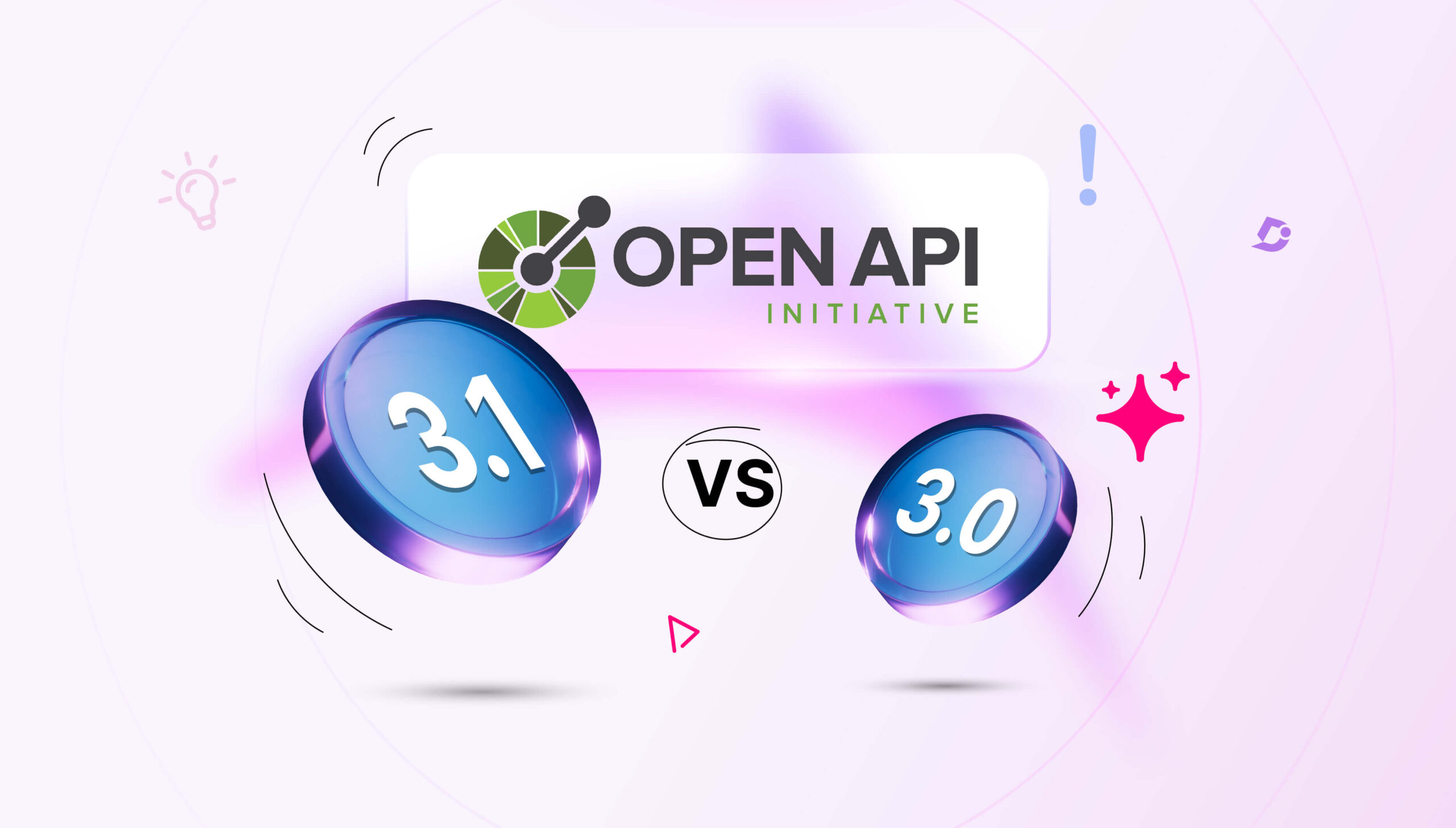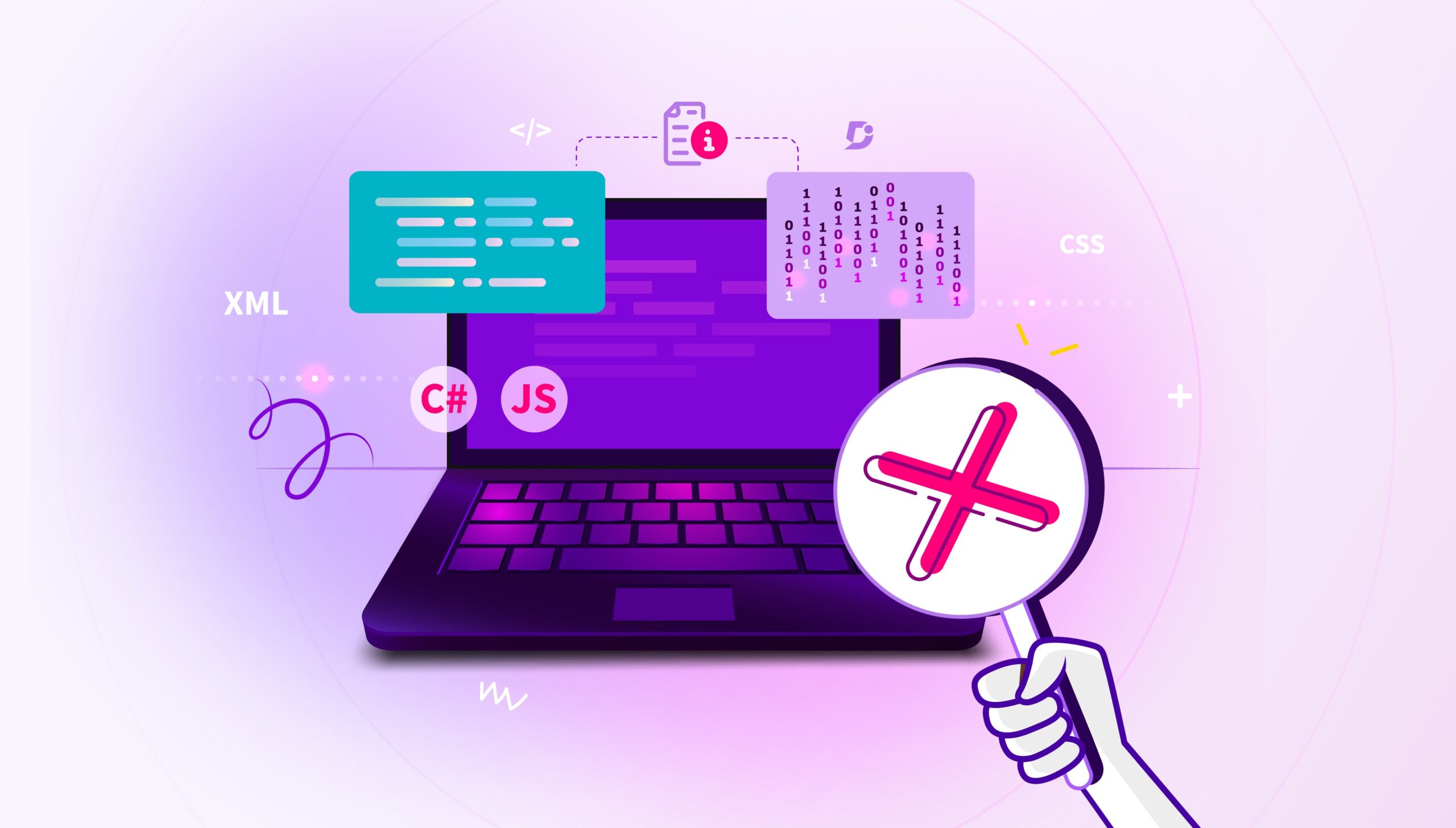Many organizations are realizing the importance of documenting their APIs, and adopting the OpenAPI specification alongside compatible tooling allows for new possibilities for API documentation. By choosing OpenAPI, you are able to implement a human and machine-readable standard for describing HTTP APIs.
With the release of version 3.1 in 2021, you might be wondering what’s new in this version, why you should migrate to this new specification, and the benefits it will bring to your organization.
It’s extremely important to document your APIs to drive adoption, enabling developers and other stakeholders to enhance the API experience and reduce support costs. You must use the best tools to accomplish this. That’s why many teams are choosing OpenAPI 3.1, to not only document their APIs but also apply a standard to the way they document them.
OpenAPI has been updated from version 3.0 to version 3.1, incorporating several improvements to support your API development. Learn about what’s changed and why you should consider moving to 3.1.
Why was OpenAPI 3.0 updated?
While OpenAPI 3.0 was an incredibly useful specification for developers documenting API, there was feedback from the community asking for changes like better webhook support, to achieve better alignment with JSON Schema (Draft 2020-12). It saves users a lot of trouble and offers a more standardized approach to schema extensions.
It’s not about building a broadly different specification, but simply incorporating the benefits of the previous version to provide an incremental upgrade to existing users.
OpenAPI 3.1: What’s Different?
- JSON Schema 2020-12 alignment – data types are based on the data types supported by this JSON Schema and achieve true schema compatibility. It’s 100% compatible with the latest draft of the JSON schema and supports all of the JSON Schema keywords, so you can use them in your documentation, which is probably the biggest and most exciting change in Open API 3.1.
- More flexible and powerful data modeling – when you are modeling your data in your API documentation, you can achieve more sophisticated models with the help of OpenAPI 3.1. With support for JSON Schema 2012-12, for example, in this new version, types can now be arrays of types, so you can have strings and numbers within your arrays. It’s easier to define the structure and constraints of your JSON data and ensure better data integrity.
- Support for webhooks – you can define asynchronous APIs and webhooks. Paths are optional to allow API descriptions that only include webhooks, so you can have more control over your descriptions.
- Improved specification structure – OpenAPI 3.1 is simplified and aligned with other tooling standards, meaning it’s easier to migrate to using this specification structure even if you haven’t used OpenAPI before.
- Better support for describing RESTful APIs more precisely – you can document multiple API specifications, and extension is also easier.
Why Sticking to 3.0 Could Hold You Back
- Limited schema validation options – there aren’t as many ways to validate your data types in OpenAPI 3.0 because there is no full support for JSON Schema, so if you want to verify the completeness and accuracy of your data, it’s worth switching to 3.1.
- Workarounds are required for modern use cases – 3.0 is becoming outdated, so modern documentation trends are not as easily supported in this version, necessitating workarounds to achieve the required functionality.
- While versions 2.0 and 3.0 are still valid versions of OpenAPI to use, support is likely to become better for 3.1 as tools shift towards the new specification. You are future–proofing yourself by choosing OpenAPI 3.1 as it becomes the default standard for API documentation, chosen by tools such as Document360 and adopted as the latest version of Open API.
Import your OpenAPI 3.1 specs and build smart, searchable API docs with Document360.
GET STARTED
Benefits of Moving to OpenAPI 3.1
- Supported by the latest tools — while version 3.0 integrates with many tools, 3.1 has better validation, mock servers, and testing tools. It integrates with more of the tools in your tool stack and is the most widely used specification out of the several available, resulting in more support.
- Cleaner, more maintainable specs – some of the features of 3.1 are building on the capabilities of 3.0. In 3.1, you can go back and update your specification, automatically updating as the source code changes, either generated from the code or written with the help of a tool. This results in better documentation in the long run.
- Future-proofing your API documentation – OpenAPI 3.1 is more relevant to modern documentation and development trends, allowing your documentation to be more future-proof as the landscape changes and requires more robust documentation tooling.
- Better documentation – OpenAPI 3.1 provides a more comprehensive and developer-focused approach to documenting APIs. The OpenAPI Initiative has published new documentation to help users understand the specification and how it can benefit them.
What You Can Do with Document360 + OpenAPI 3.1
Document360 has been specifically designed to work with API specifications, so you can document your APIs directly in a knowledge base. Using OpenAPI 3.1, you can integrate with Document360 using the import function and manage multiple APIs within Document360.
- Import OpenAPI 3.1 spec files directly into your knowledge base – Document360 makes it easy to import your spec files using a URL, a JSON/YAML/YML file, or by integrating with a CI/CD flow. It’s completely easy to create your API documentation using the OpenAPI specification and then add it to Document360, which offers a highly accessible and usable knowledge base for your users.
- Automatically generate beautiful, searchable API reference pages – Document360’s customizable interface makes it easy to create API reference pages that your users can search, and they look appealing to your users. AI-powered search makes the search experience even more effective.
- Centralize API documentation with other product and developer docs – multiple knowledge bases allow you to centralize your documentation with other forms of content, enabling your team to manage the content from one dashboard.
- Make complex API structures easy to explore for both internal and external audiences – no matter the complexity of your API, all of your users can navigate the documentation to find important information.
Ready to Level Up Your API Docs?
API teams have long been choosing OpenAPI 3.1 to document their APIs due to exciting new features such as full JSON Schema support, better data modeling, and support for webhooks. It’s also being integrated with API documentation tools like Document360 to help you create API documentation by uploading your API specification files.
As the community expands and OpenAPI 3.1 becomes the specification of choice, there’s less and less reason not to upgrade. Once you’ve switched, it’s easier to maintain the documentation and prepare your content for future demands.





 –
– 

